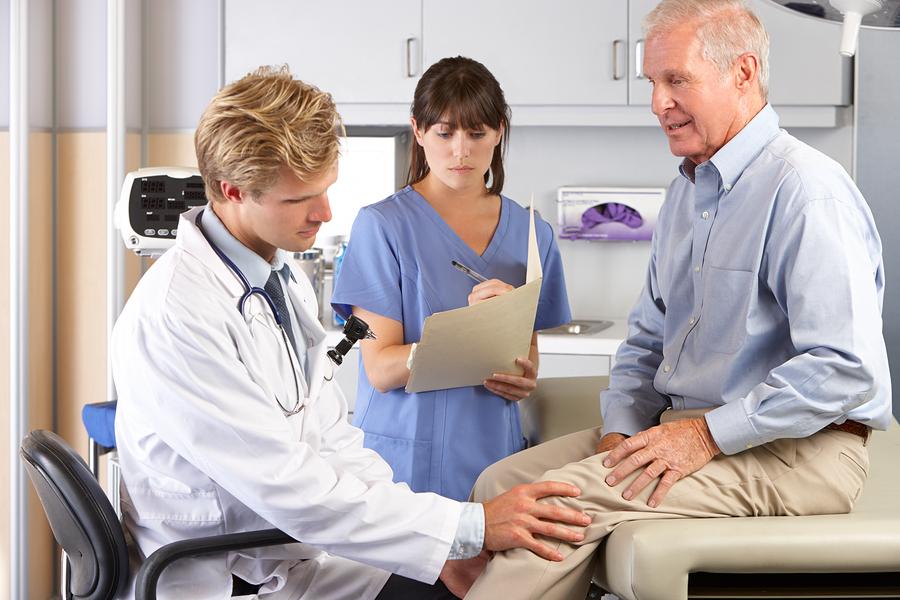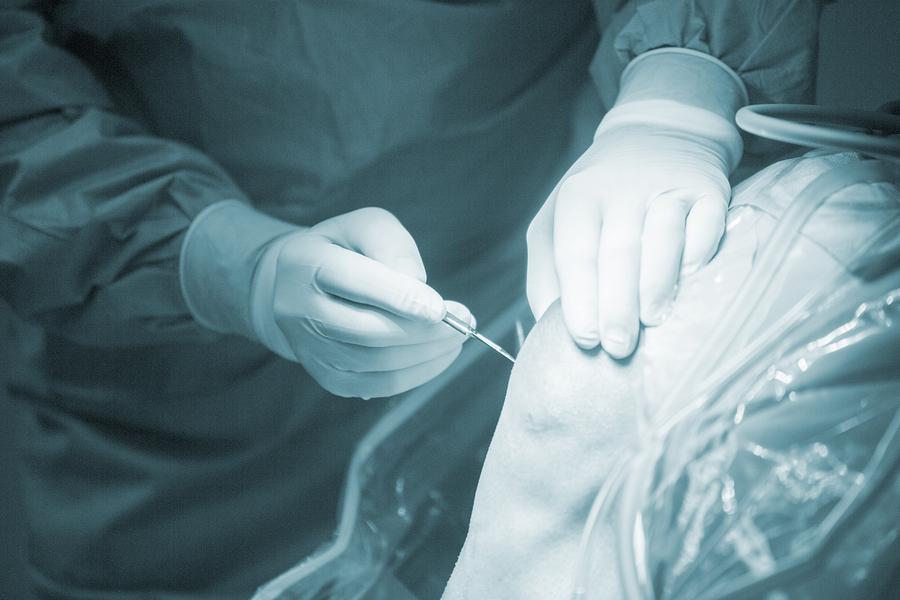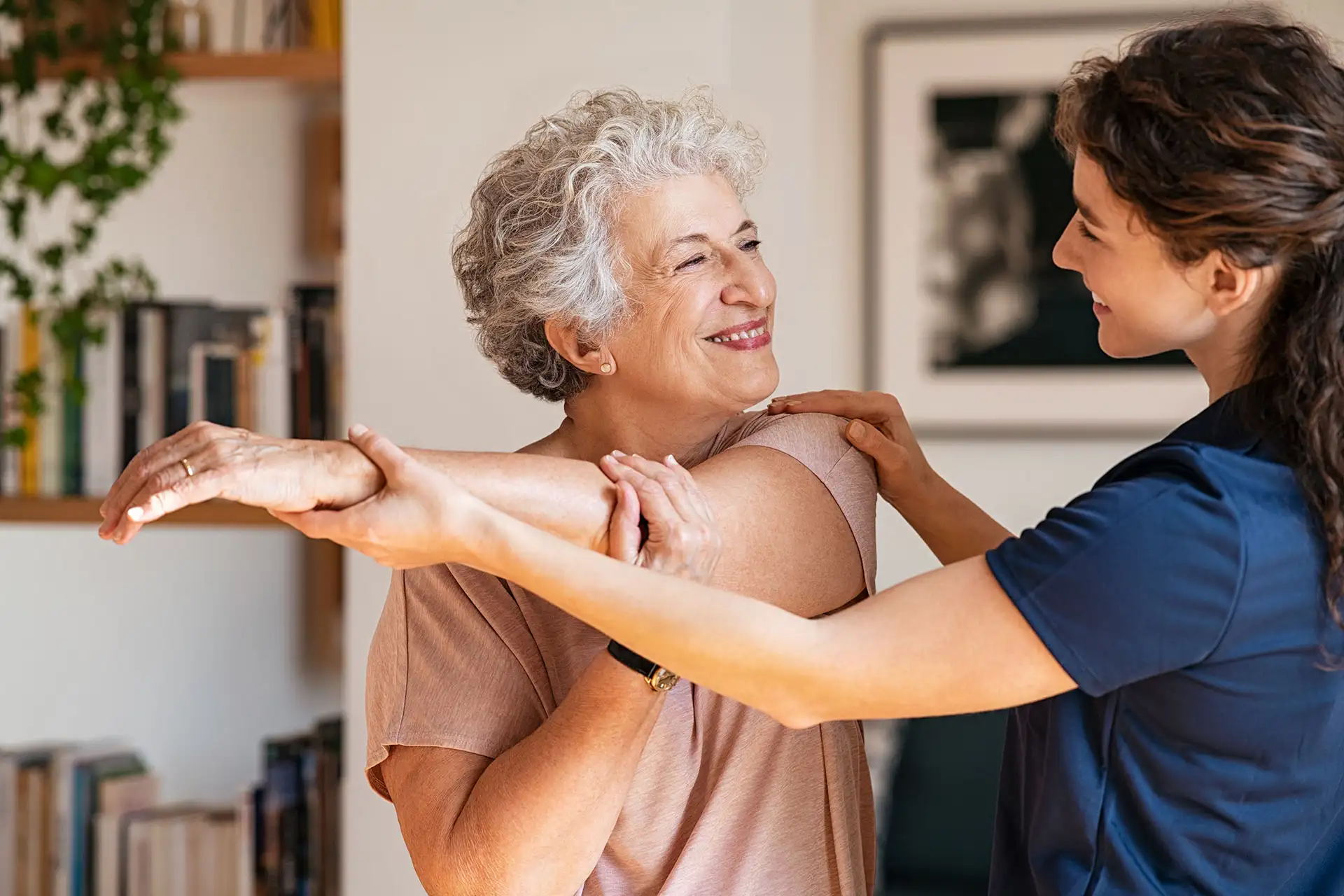One of the most common surgical procedures that an orthopedic surgeon will carry out during their career is knee arthroscopy. Although this is a very common procedure in the present day, it was not until the 1960’s that it really came into practice. An arthroscopy is the surgical process of either diagnosing or treating an abnormality of a joint in the body. Surgery of this kind can usually be done on an outpatient basis and could require either a general or local anaesthetic. Fortunately, only a small incision is necessary. This means that the remaining scar should only be approximately a quarter of an inch.
What Happens During Knee Arthroscopy?
During an arthroscopy surgery the internal structure of the joint will be examined via a tiny tube shaped instrument known as an arthroscope. The arthroscope is an instrument which utilises minuscule lenses and optical fibers. These lenses and fibers are linked to a camera which gives the surgeon a clear view of the joint. The size of the arthroscope will vary depending on the type of joint being investigated. However, for a knee arthroscopy the arthroscope will have a diameter of approximately 5mm.
For What Conditions is Arthroscopy Considered?
There are several reasons why an orthopedic surgeon might recommend a knee arthroscopy, both of which relate to inflammatory and non-inflammatory problems. It is a particularly useful surgery for diagnosing arthritis, as well as for gaining a clearer understanding of general injuries to joints. If the procedure shows the patient to indeed be suffering from a type of arthritis, such as rheumatoid arthritis, then a further arthroscopic procedure can be conducted to remove inflamed tissue from the joint. Although this does not serve as any kind of cure, it can prove useful in helping the practitioner to examine the tissue to discover any infections or further issues. Cartilage tears, ligament tears and strains are also common reasons for a knee arthroscopy.
Who is Eligible for Knee Arthroscopy?
A knee arthroscopy is generally an uncomplicated procedure and there are not many exclusionary criteria to keep patients from undergoing it if deemed necessary. As with all surgeries, the patient’s lung, liver, kidney and heart function should be at a level of adequate function and there should be no known allergy to the anaesthetic. Additionally, if the patient is taking any medication, or has any existing medical problems, then this need to be addressed and evaluated prior to surgery by the healthcare professional in charge.
Post-Surgery Routine
Following the surgery it will be advised that the patient rests for a few days, and attempts to minimise any movement as much as reasonably possible. It is also beneficial for the recovery process if the knee is elevated slightly during this period. In due time an exercise regime for strengthening the knee should be implemented, which will also help to prevent scarring of any surrounding tissue. This should be at the advice of a physiotherapist or other relevant professional.
Keeping Your Knees Healthy
Avoiding surgery is always the best option and finding ways to keep your body fit and healthy is one of the best ways to do this. Your knees are no exception and there are certain things that you can do to help to preserve the optimum function of your knees.
First of all, keeping your weight at a healthy level is a great way to care for your knees. This is because excess weight puts extra pressure on your knee joints. If you are overweight and experiencing knee pain then you are likely to find that losing weight will help to alleviate some of this localized pain.
Moving at a pace that is appropriate to your body weight and fitness is another way to help to maintain the health of your knees. If you are unfit then bounding up the stairs or going for challenging walks may put unnecessary strain on your knee joints. The key is to exercise in a way that does not damage your joints in order to improve your overall fitness. Also, if you are doing squats and lunges as a form of exercise then you should always ensure that your knee is directly over your foot as you go through the movements of doing a squat.
Building up your hip adductor and abductor muscles is a good way to help preserve the health of your knees. This is because these muscles will absorb stress when you walk, alleviating the strain from your knees. You can engage in daily exercises at home in order to build the strength of these muscles.
Remember, keeping your body healthy is always the preferable option to having to work towards healing following an incident. By partaking in regular exercise and eating a well-balanced diet you will be giving your body the help that it needs to stay stronger and healthier for longer!
References
1) http://www.medicinenet.com/arthroscopy/page2.htm
2) http://www.medicinenet.com/rheumatoid_arthritis/article.htm
3) http://www.bostonmagazine.com/health/blog/2012/05/11/quick-tips-adductor-stregngth/
Related Posts
Cigarettes May Inhibit Inflammation Treatments
Axial spondyloarthritis, also known as AxSpa, is a chronic…








